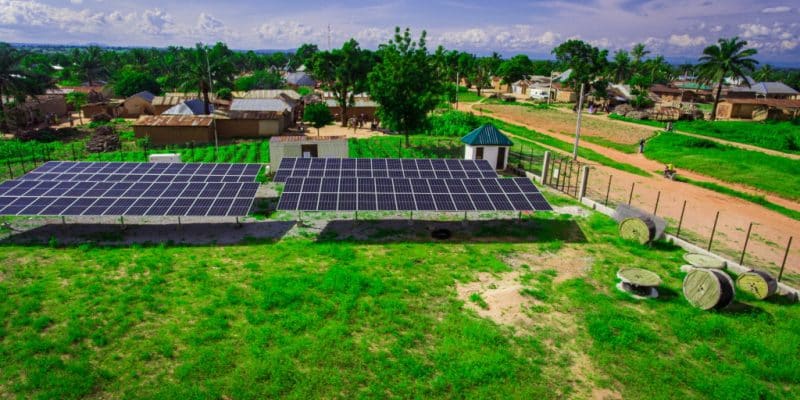In a new report by the World Bank, researchers recommend investing $127 billion in green mini-grids to provide access to electricity for half a billion people in developing countries, particularly in sub-Saharan Africa.
The potential of green mini-grids is well established. A new report provides guidance on how to use them as a lever in the electrification process in developing countries, particularly in sub-Saharan Africa. The report is produced by the World Bank’s Energy Sector Management Assistance Program (ESMAP). According to the report, investing $127 billion in green mini-grids could electrify 490 million people by 2030.
Currently, 733 million people still do not have access to electricity worldwide, 570 million of whom are in Africa, according to the International Energy Agency (IEA). In recent years, the deployment of solar mini-grids has slowed down significantly, partly due to the health crisis caused by Covid-19.
The World Bank’s weak commitment
If public and private investors were to maintain the current level of mini-grid development, only 44 800 installations would be built, serving 80 million people by 2030, the report warns. By mobilising $127 billion over the next eight years, as many as 217,000 mini-grids could be deployed in developing countries.
Read also- AFRICA: Amda joins forces with Comesa for electrification via green mini-grids
The implementation of deployment strategies and programmes is encouraged by the World Bank, particularly in Africa. However, the international financial institution only targets comprehensive electrification programmes. As a result, the bank estimates that it has committed only $1.4 billion to the development of projects in 30 countries around the world. In Nigeria, for example, the World Bank is funding the Nigeria Electrification Project (NEP). Under this project, the Rural Electrification Agency (REA) provides performance-based grants (PBG) to solar mini-grid providers.
Improving the business climate
But in order to mobilise $127 billion for mini-grids in Africa, efforts must be made at several levels. African governments need to create a favourable business environment for mini-grids through flexible and appropriate regulations, supportive policies and reduced red tape. The industry needs to provide a high quality service to customers and communities by providing reliable power, and by installing at least 2,000 mini-grids per year.
Also, the Energy Sector Management Assistance Programme (ESMAP) recommends lowering the price per kWh of electricity from solar hybrid mini-grids by $0.20 by 2030, which would change the lives of half a billion people for only $10 per month.
Jean Marie Takouleu







